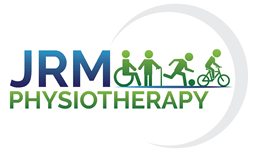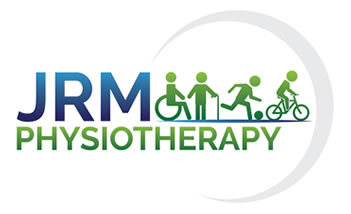Can physiotherapists treat vertigo? When you think about physiotherapy, what conditions spring to mind? Musculoskeletal pain probably tops the list, but physiotherapists can help patients with a wide range of conditions; from respiratory issues, to postnatal incontinence, physiotherapy can play a crucial role in the treatment of many physiological conditions.
Recently we treated a patient who was suffering from an inner ear condition called benign paroxysmal positional vertigo (BPPV). This is where crystals in the inner ear become out of place, and had resulted in the patient experiencing attacks of dizziness and nausea for most of the summer. She was struggling with simple everyday tasks such as walking the dog, working on a computer, shopping, or watching TV. She had visited her GP when the condition first started, and had been prescribed medication to help control the symptoms. However, weeks later she was still struggling to come off the medication, and was finding the condition debilitating at work and home. On her next visit to the GP, the doctor discussed alternative treatment options, including physiotherapy, leading to the patient seeking the help of JRM Physiotherapy nearly six weeks after her symptoms first appeared.
As physiotherapists we seek to identify and treat the cause of symptoms wherever possible. In this case we were keen to help the patient’s inner ear balance to be restored so that she could stop taking medication and return to her normal active lifestyle. We used a manoeuvre known as the Epley Manoeuvre – a painless series of guided head movements to encourage free-floating particles from the affected part of the ear, using gravity, back into their correct position, where they can no longer stimulate the cupula, therefore relieving the patient of vertigo. We also undertook manual therapy techniques to the neck upper back and shoulders, mobility drills for the neck, breathing drills, and deep neck flexor strength exercises. We encouraged the patient to continue this regime at home.
Following treatment the patient reported the disappearance of her vertigo and nausea symptoms within 72 hours. She was able to fully stop taking the anti-nausea medication and resume her normal activity. She still doesn’t know what caused the vertigo in the first place, although it commenced 24 hours after she had been on a number of rollercoasters, so it is possible that the centrifugal effect of these could have caused the imbalance in her inner ear, resulting in the onset of her BPPV.
If you would like to book in with our physiotherapist for your balance issues or vertigo use our online appointment system, call us, or email us. Find out more about our other physiotherapy treatments here.



